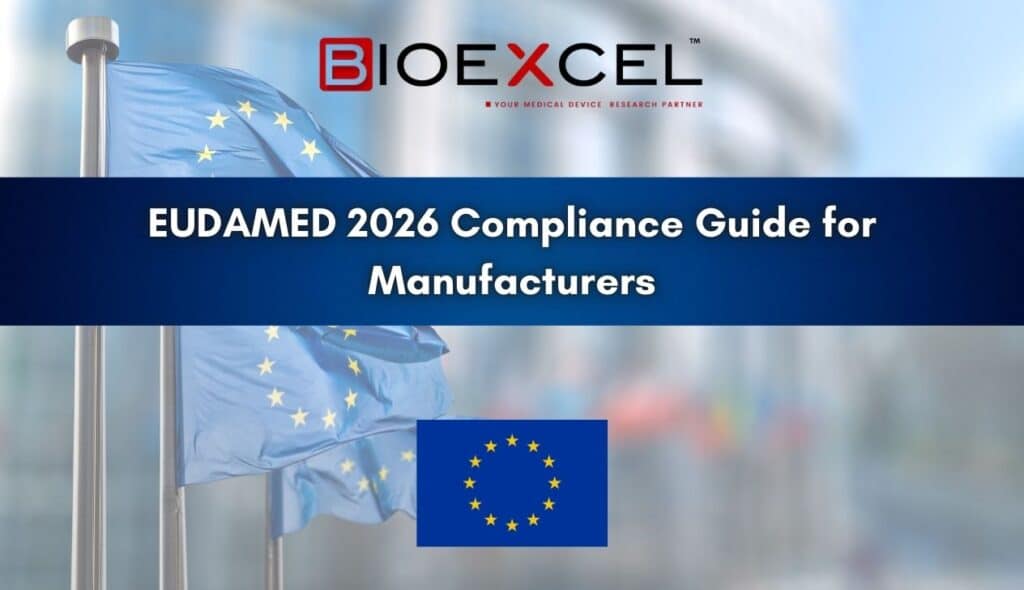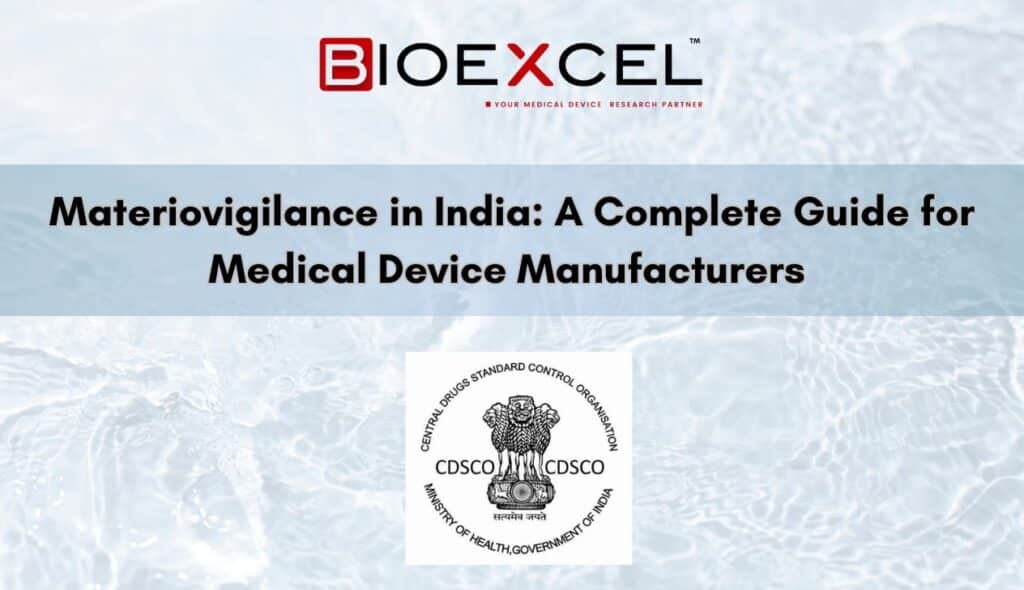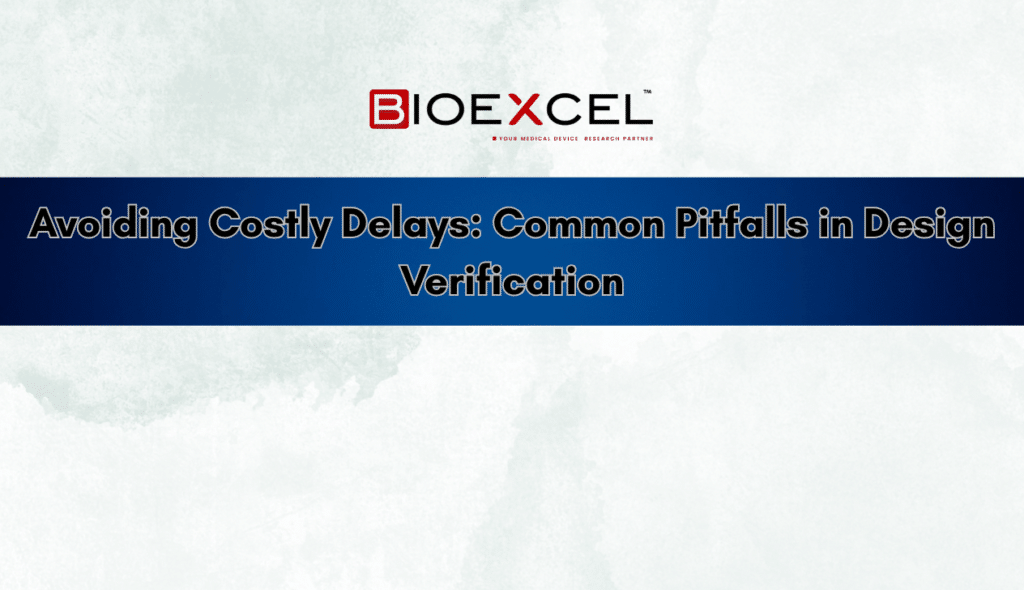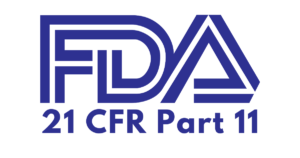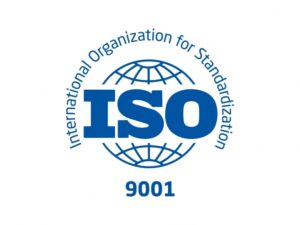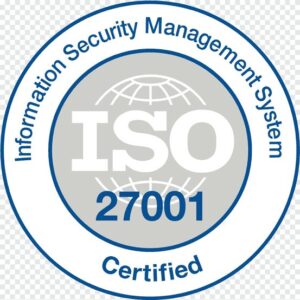Introduction: Navigating Global Regulations for Orthopedic Implants
For orthopedic implant manufacturers aiming to expand their market presence, securing regulatory approval in both the European Union (EU) and the United States (US) is essential. However, the distinct regulatory pathways set by the European Medical Device Regulation (EU MDR 2017/745) and the U.S. Food and Drug Administration (FDA) make compliance complex.
Understanding the critical differences between EU MDR and US FDA regulations helps manufacturers expedite approval, mitigate compliance risks, and achieve successful market entry.
1. Classification of Orthopedic Implants: EU MDR vs. US FDA

Orthopedic implants are classified according to their associated risks, but the EU and US use different classification frameworks:
| Orthopedic Implants | EU MDR Classification | US FDA Classification |
| Plates & Screws | Class IIb | Class II (510(k) clearance) |
| Interlocking Nails | Class IIb | Class II (510(k) clearance) |
| Hip/Knee Implants | Class III (High Risk) | Class III (PMA required) |
| Spinal Implants | Class III | Class II or III (depending on material & intended use) |
Key Insight:
EU MDR typically classifies more orthopedic implants as Class III, necessitating clinical investigations. In contrast, the US FDA allows certain implants to qualify as Class II, enabling quicker 510(k) clearance based on predicate device comparison.
2. Clinical Data Requirements: EU MDR vs. US FDA
| Requirement | EU MDR | US FDA |
| Clinical Investigations | Mandatory for Class III implants unless robust clinical data exists | Required for Class III (PMA); avoidable for Class II (510(k)) |
| Clinical Evaluation | Regularly updated Clinical Evaluation Report (CER) with PMCF | Clinical Study Report (CSR) required for PMA; 510(k) may rely solely on predicate comparisons |
| Real-World Evidence (RWE) | Accepted only as supplementary data | Increasingly accepted, particularly in 510(k) submissions |
Key Insight:
EU MDR demands comprehensive clinical data even for legacy devices. Meanwhile, the FDA permits substantial equivalence demonstrations, potentially reducing the need for extensive clinical trials.
3. Regulatory Pathways for Approval

| Regulatory Step | EU MDR (Europe) | US FDA (United States) |
| Certification Authority | Notified Bodies (NB) | FDA (Direct Submission) |
| Class II Approval Process | MDR Certification, CER, and PMCF | 510(k) Submission (Predicate device comparison) |
| Class III Approval Process | Clinical Trials + NB Approval | Pre-Market Approval (PMA) and FDA Review |
| Average Review Duration | 12–18 months | 90–180 days (510(k)); approximately 1 year (PMA) |
Key Insight:
FDA’s 510(k) route offers a significantly faster pathway than EU MDR, though the PMA timeline for high-risk devices aligns closely with EU MDR.
4. Post-Market Surveillance (PMS) & Compliance
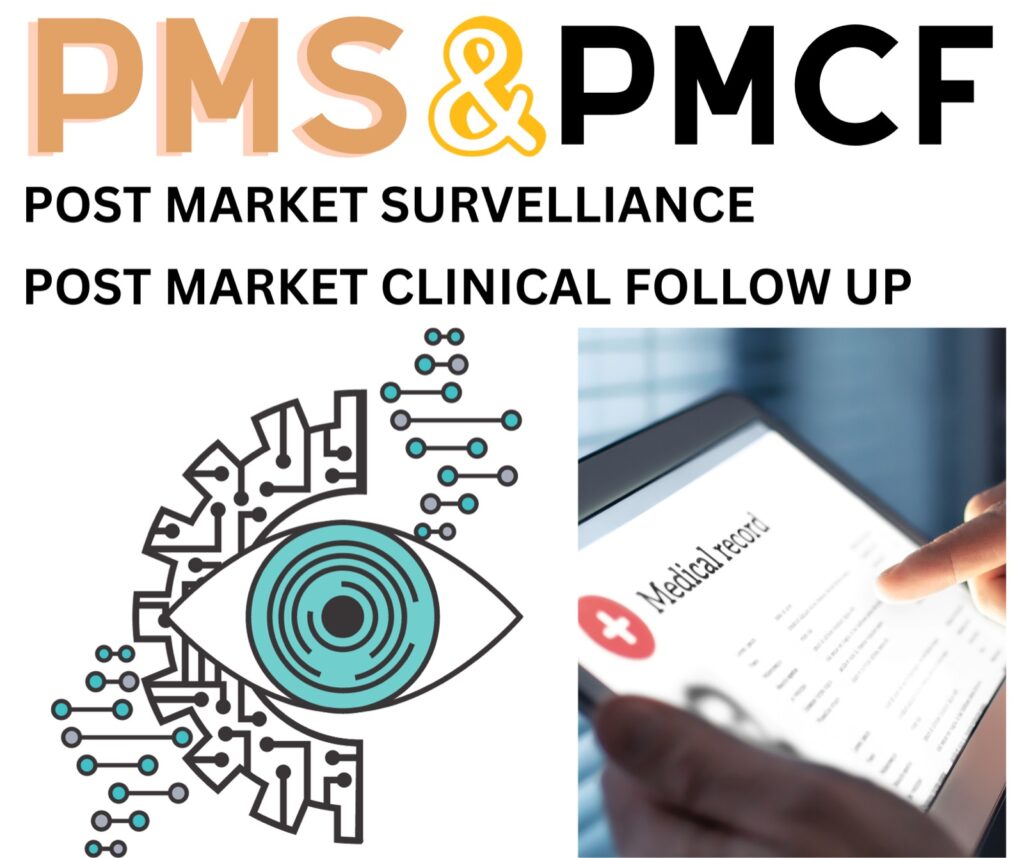
| Compliance Aspect | EU MDR | US FDA |
| Post-Market Clinical Follow-Up (PMCF) | Mandatory for most implants | Not mandatory unless safety issues emerge |
| Vigilance & Adverse Event Reporting | Strict timelines (15 days for serious events) | MedWatch system (standard 30-day reporting) |
| Periodic Safety Update Report (PSUR) | Required for Class IIb and Class III implants | Not mandatory |
Key Insight:
EU MDR imposes stricter PMS and mandatory PMCF requirements, requiring ongoing data collection post-approval. The FDA relies mainly on voluntary reporting unless significant safety concerns arise.
5. Cost of Compliance: Comparing Expenses
| Expense Category | EU MDR Costs | US FDA Costs |
| Regulatory Submission Fees | €30,000–€100,000+ (Notified Body fees) | $5,996 (510(k)), $374,858 (PMA) |
| Clinical Trial Costs | High due to mandatory PMCF | Lower for 510(k) submissions |
| Estimated Total Cost | €250,000–€1M+ | $100,000–$2M+ (varies by approval pathway) |
Key Insight:
EU MDR is generally more costly, especially for high-risk implants requiring PMCF. FDA’s 510(k) clearance is a more budget-friendly option for Class II implants.
6. Selecting the Right Regulatory Pathway
Consider EU MDR if:
- Your primary market is Europe
- Your implant is novel or innovative
- You have robust clinical data or plan clinical trials
Consider US FDA if:
- You are launching a well-established implant type
- You have a suitable predicate device for 510(k) clearance
- You require faster market entry
Strategic Tip:
For global market entry, consider obtaining FDA 510(k) clearance first and leveraging that data to streamline EU MDR compliance.
How Bioexcel Supports Your Compliance Journey
At Bioexcel, we help orthopedic implant manufacturers effectively navigate EU MDR and US FDA regulatory landscapes by offering:
- Tailored Regulatory Strategy: Customized market entry plans
- Clinical Investigation Management: Study designs compliant with ISO 14155:2020
- CER and 510(k) Documentation: Ensuring thorough compliance
- PMCF & PMS Management: Ongoing regulatory support
Ready to enter EU or US markets efficiently? Contact Bioexcel for expert regulatory guidance tailored to your orthopedic implant needs.
#OrthopedicImplants #MedicalDeviceRegulation #EU MDR #USFDA #ClinicalTrials #RegulatoryCompliance #Bioexcel



